Artificial intelligence and the Internet of Things are not the first thoughts that come to mind when thinking of the trucking business, but Sherry Sanger spends a lot of time thinking about self-driving cars—and trucks. As senior VP of marketing at Penske Truck Leasing Corp., Sanger is responsible for global marketing for Penske’s truck rental, leasing, logistics and used trucks businesses. She spoke to Velocitize about the challenges of communicating on the move with everyone from truckers to fleet managers to company owners.
Trucking is literally a nuts and bolts business. How have you leveraged digital?
We’re starting to think about trucks as these traveling computers. There’s a lot of data that comes off the vehicles now. There’s a lot of sensors, onboard computers that we’re putting on the vehicles, so we can pull information from them and use it for our customers. We see it as essential to driving that strong customer experience, but also for us operating a business most effectively.
Our customers are on the move. Freight is moving faster than ever. Our customers are very active in their roles, so we need the information to follow them. They need to access information on the fly, so we developed a fleet app and a driver app—an app for fleet managers and another for drivers—and then we have a whole suite of tools for our logistics customers as well.
The really neat app we rolled out this year is a remote diagnostic tool. We’re taking the data that comes off the vehicles and we’re tracking that. It allows us to see exactly where the vehicles are, running up and down the road, and it allows us to start to diagnose a problem that could be happening with the vehicle before it happens.
Is Penske looking also into leveraging developments such as artificial intelligence and self-driving cars?
A lot of the technology platforms that are in place today afford you the opportunity to do a lot more with vehicles. We’ve been staying very close to all those discussions. We do have some partnerships; unfortunately, some of those are under confidentiality agreements now, but we’re staying very close to that.
We are seeing a lot of possibilities in the new technology to take transportation to the next level: How do we help goods move faster? We’re one of those companies that are behind the scenes, at work, helping a lot of organizations. Our goal is: How do we make that happen more quickly, more efficiently.
Some of the technology is still at the very early stages right now. The autonomy technology is very promising, but some of this can’t operate in all the conditions that vehicles operate in.
There’s a lot of energy around electric vehicles right now. That has a lot of near-term promise. We think that we’re still a couple of years out from seeing those first vehicles hit the road.
Your background is in strategy and you’ve held different positions at Penske. Does that give marketing a stronger voice in the company?
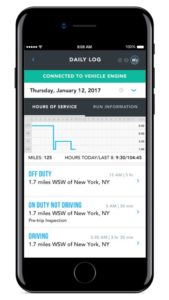
I’m a big believer in holding your experience lightly and not getting too married to what you’ve just done or where the business is, but essentially looking at it as a platform to the future, looking at it as where could you go, given you have these expertise in areas of the business.
When I think about marketing today and in the future you have to be strong on the creative thinking side, but you also have to be strong analytically and you certainly have to have some digital and technology savvy. The fourth area is a strong underpinning in strategy. In those (first) three areas, you have to have those skills or some appreciation at least, but it’s got to be anchored in really good, solid business strategy.
Marketing brings a strong business voice if you allow yourself to bridge beyond the creative. Bringing customer insights and then using those insights to drive where you can go—from a digital standpoint, from a new product development standpoint—is where you then have a voice at the table that helps drive the business forward.
Speaking of having a voice: you’re in the Penske Diversity Council and the Penske Women’s Network. Is there a particular effort made on those fronts?

I was a founding member of both. They’re both well over 10 years old.
These efforts are really geared to how do we bring in the best possible talent and how do we continue to do that in today’s world. The reality is there are more young women graduating from college today than men. We want to make sure it’s about the best talent and that we continue to foster an environment that supports and encourages that.
You are speaking to different audiences, from truckers to owners. Do you have to adjust your messaging?
Drivers are on the move and we have a lot of employees and customers who are on the go. Finding the way to reach them is not a matter of sending an email blast. It’s a matter of getting very creative about when they come in and being able to reach them face to face, and being able to do it remotely. We spend a lot of time thinking of about channels where we communicate and being able to use them most effectively.
Mobile and the connected car must have been game changers.
It’s affording us more opportunity than we’ve ever had. When you think about 10-15 years ago, pretty much one of our only ways to reach them was when they came into the location.
What are you looking at next?
We’re spending a lot of time on our connected fleet platform and building that out. We have a roadmap of various applications, features that we are planning to add to our tools for fleet managers, our tools for drivers, as well as our tools for leaders. That is the area where you will see a lot of energy and focus from us.
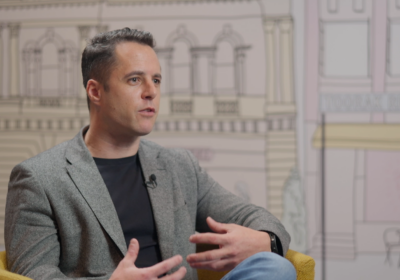

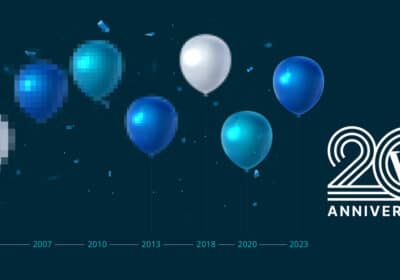

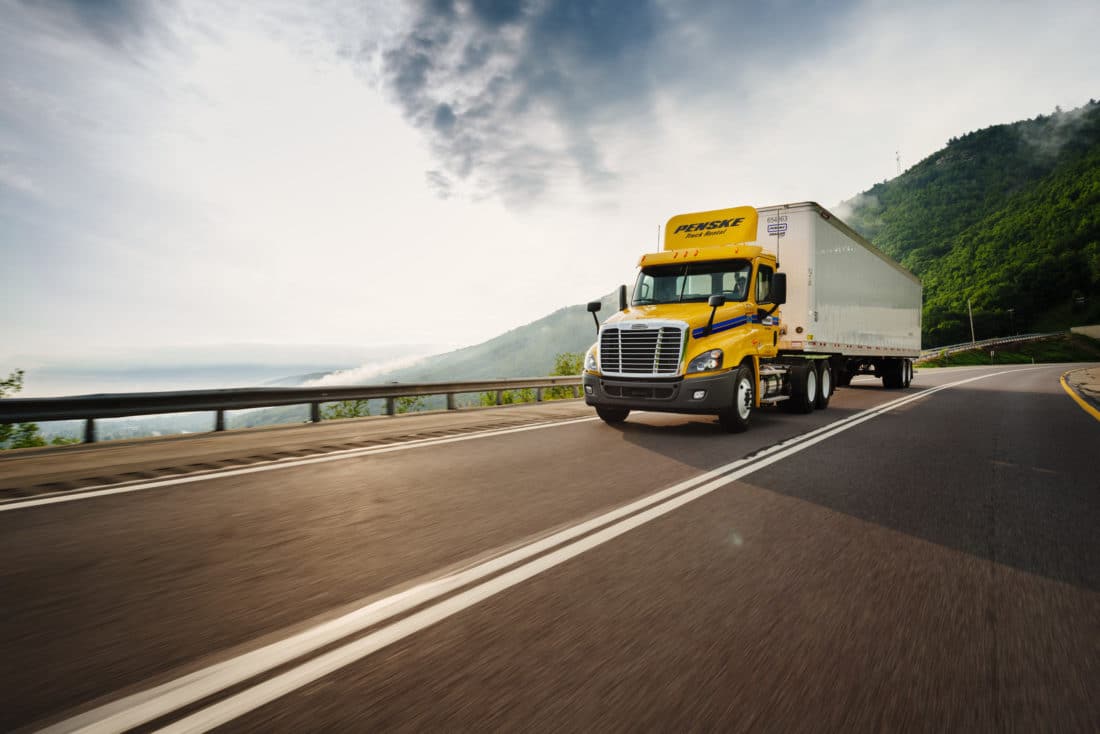
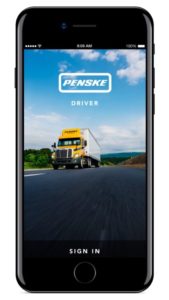
Join the conversation